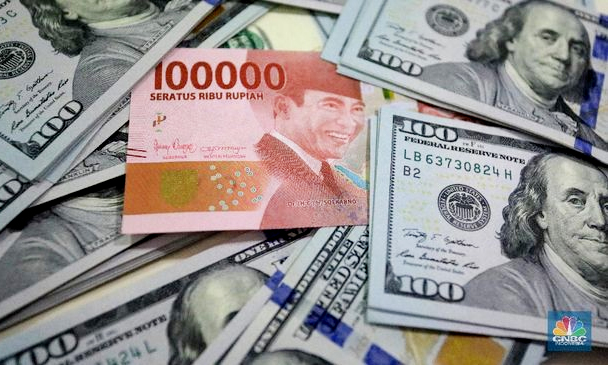The contemporary financial landscape is richly populated with various lending options, each tailored to meet the diverse needs and circumstances of borrowers. Among the plethora of choices available, personal loans and payday loans remain two of the most commonly sought-after options, serving as accessible solutions for individuals in need of immediate financial support. Despite their seemingly similar nature, it is crucial for borrowers to grasp the distinct differences between these two forms of borrowing to make informed financial decisions that align with their specific requirements and long-term financial stability.
Differentiating the Essentials
At the core of discerning personal loans from payday loans lies the disparity in the amount of funds that each option offers. Personal loans, typically facilitated by established financial institutions such as banks and credit unions, commonly provide borrowers with access to a minimum sum of 1000 pounds, often extending up to 2000 pounds, and are typically structured with longer repayment terms that can span up to five years. In contrast, payday loans, designed to cater to more immediate and smaller-scale financial needs, offer borrowers access to relatively modest sums, with the requirement for repayment usually within a shorter span, typically ranging from two to four weeks, or occasionally extending up to 12 months. This discrepancy in the loan amount and repayment duration underscores the distinct purposes that each type of loan serves within the financial landscape, catering to borrowers with different financial requirements and constraints.
Comparing the Costs
Cost considerations play a pivotal role in evaluating the suitability of personal and payday loans for borrowers. Personal loans, often associated with more favorable interest rates, typically necessitate a strong credit history and might involve collateral as a security measure for the lender. Borrowers with a robust credit profile often find personal loans to be a viable and cost-effective option, allowing them to secure the necessary funds at comparatively lower interest rates, resulting in a more manageable repayment process over the extended loan term. Conversely, payday loans, while readily accessible and convenient for individuals with more immediate financial needs, tend to incur significantly higher annual percentage rates (APRs), sometimes ranging from triple to quadruple digits, making them a considerably more expensive borrowing option. It is imperative for borrowers to fully comprehend the implications of the APR and the overall repayment cost associated with each loan option, enabling them to make informed decisions regarding their borrowing needs while prioritizing financial prudence and stability.
Determining Suitability
Deciding on the most suitable loan option for one’s specific financial circumstances entails a comprehensive assessment of various factors, including the desired loan amount, the repayment duration, and the individual’s credit history. For individuals seeking a relatively smaller sum of funds, particularly within the range of 50 to 1000 pounds, a payday loan might suffice, given its accessibility and relatively straightforward application process. The streamlined approval process and the minimal credit requirements associated with payday loans make them an attractive option for borrowers in urgent need of immediate financial support. However, for borrowers with more substantial financial requirements and the capacity to meet the stringent credit criteria, a personal loan might emerge as the more suitable choice. Personal loans, with their relatively lower interest rates and extended repayment terms, offer borrowers the flexibility and financial stability necessary to manage larger-scale financial commitments and ensure long-term financial stability and security.
Exploring Alternatives
In addition to the conventional loan options available, borrowers are encouraged to explore alternative avenues that can provide immediate financial relief without incurring the potentially burdensome costs associated with payday and personal loans. Local resources such as charities, government agencies, and non-profit organizations often offer free financial services, including assistance with rent, food, and utilities, providing a viable alternative for individuals facing financial hardship. These local resources can serve as valuable lifelines for individuals seeking immediate financial support, helping them manage their essential financial obligations without resorting to costly borrowing options that might exacerbate their financial challenges in the long run. Additionally, negotiating payment extensions with bill providers and exploring supplementary employment opportunities can provide feasible solutions for borrowers looking to manage their financial responsibilities effectively without placing undue strain on their financial well-being. By leveraging these alternative avenues, borrowers can navigate their financial challenges more effectively, ensuring a balanced and sustainable approach to managing their financial obligations and fostering long-term financial stability.
Careful consideration of the individual’s credit history, specific borrowing requirements, and the overall cost of the loan is essential when navigating the intricacies of personal and payday loan options. By comprehensively examining the fundamental disparities between these two forms of borrowing and exploring the various alternative avenues available, borrowers can make informed decisions that align with their unique financial circumstances and contribute to their long-term financial well-being. Through a combination of prudent financial planning, informed decision-making, and a comprehensive understanding of the various borrowing options, borrowers can navigate the complexities of the financial landscape with confidence and clarity, ensuring a secure and stable financial future for themselves and their families.




